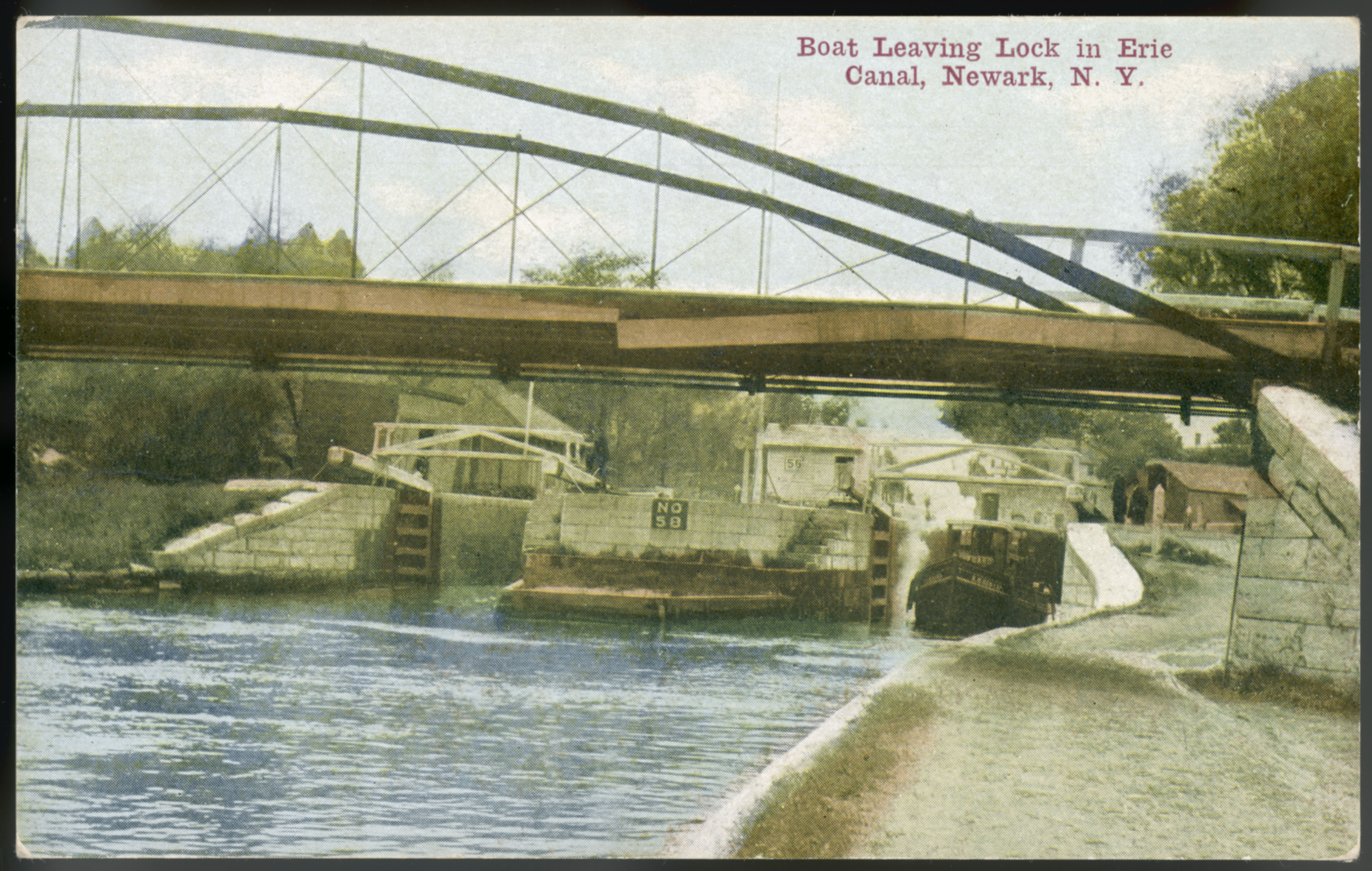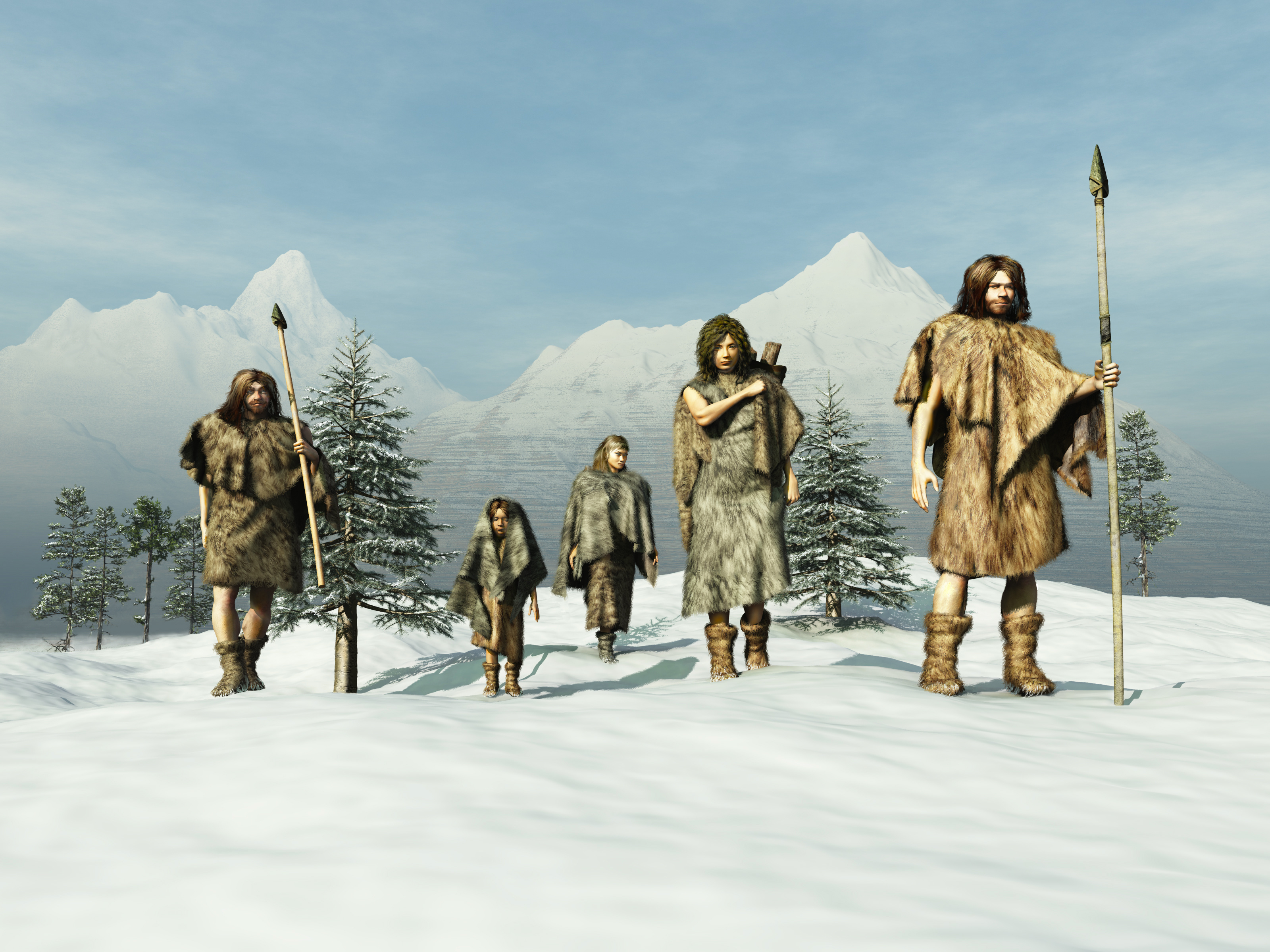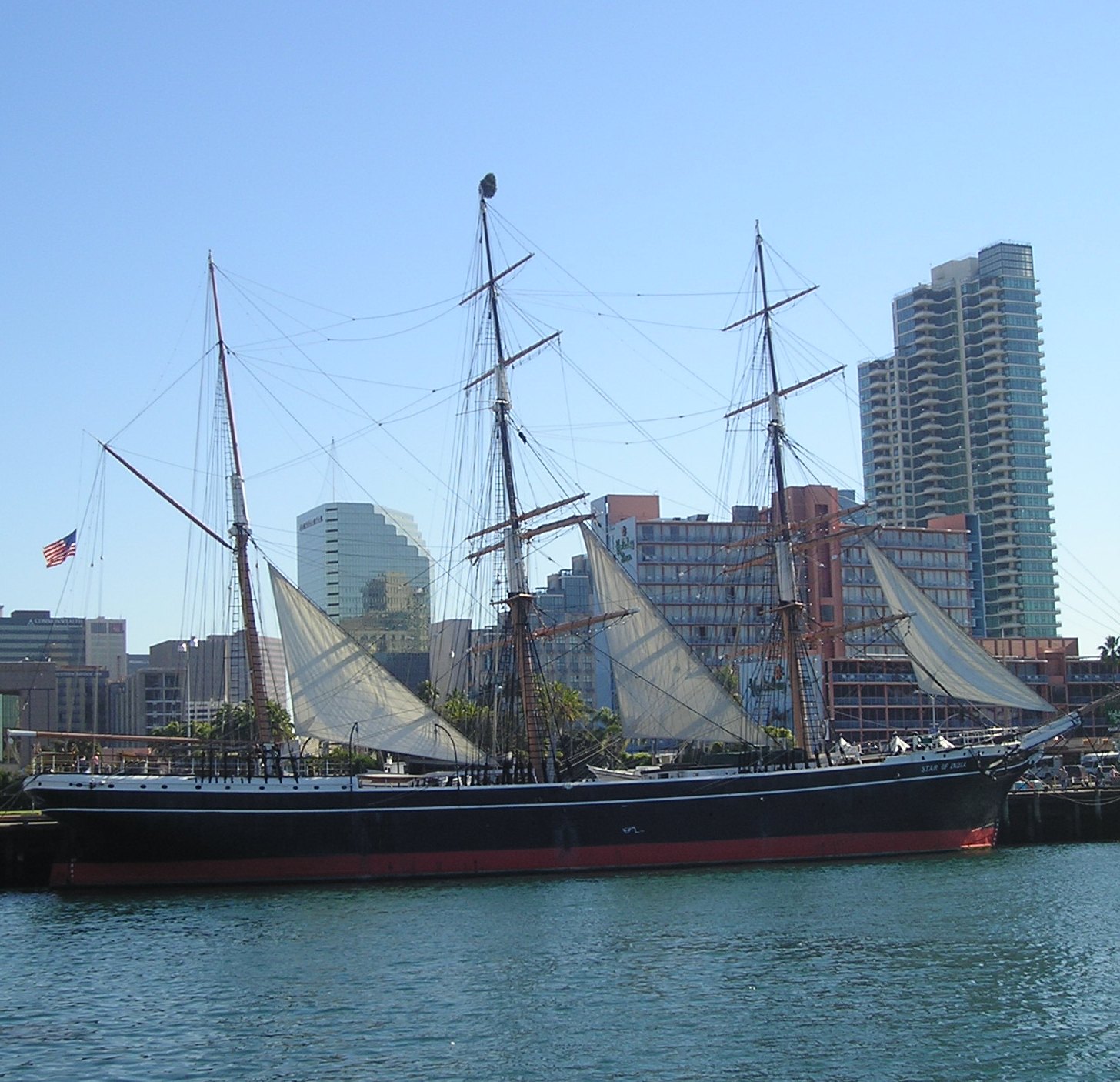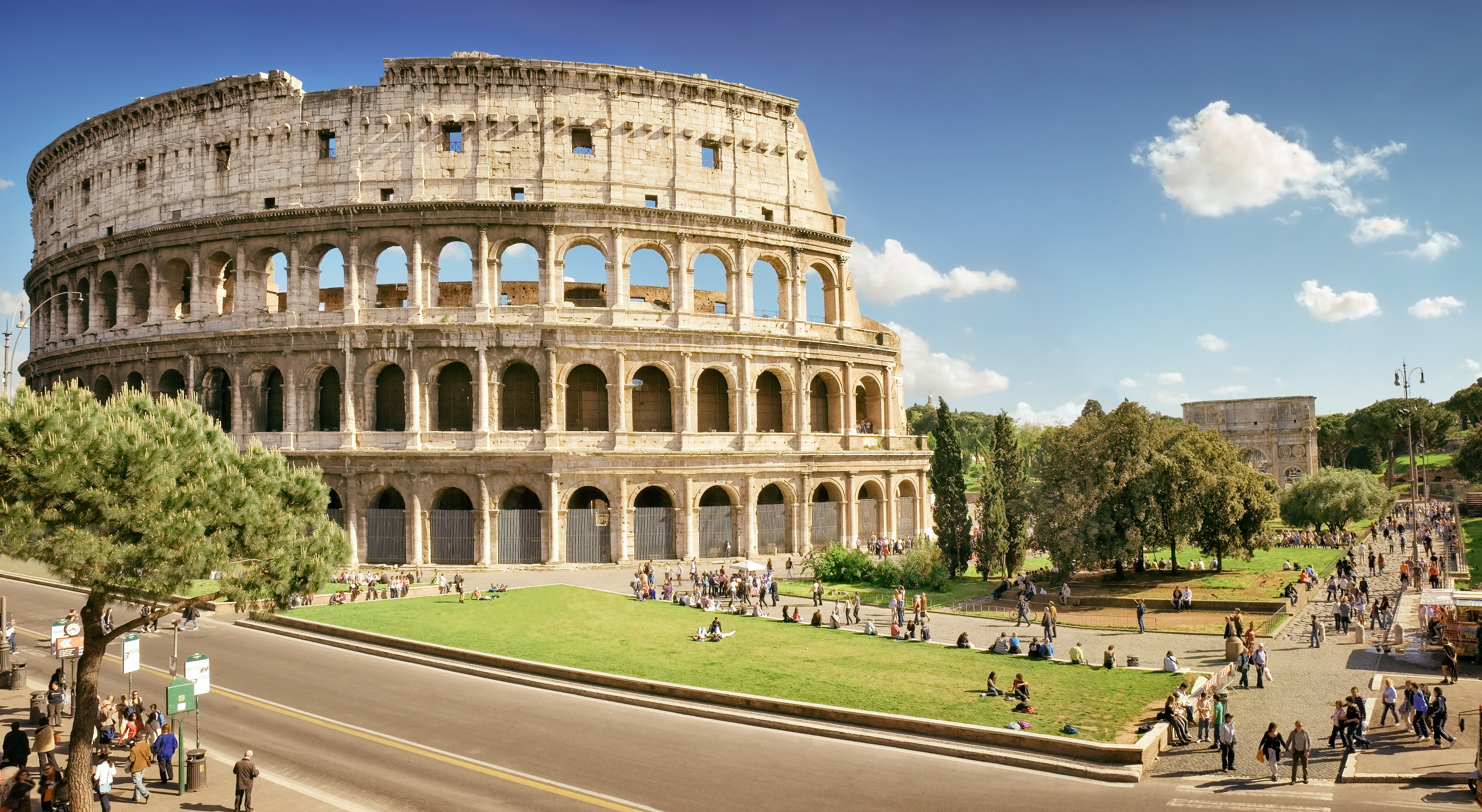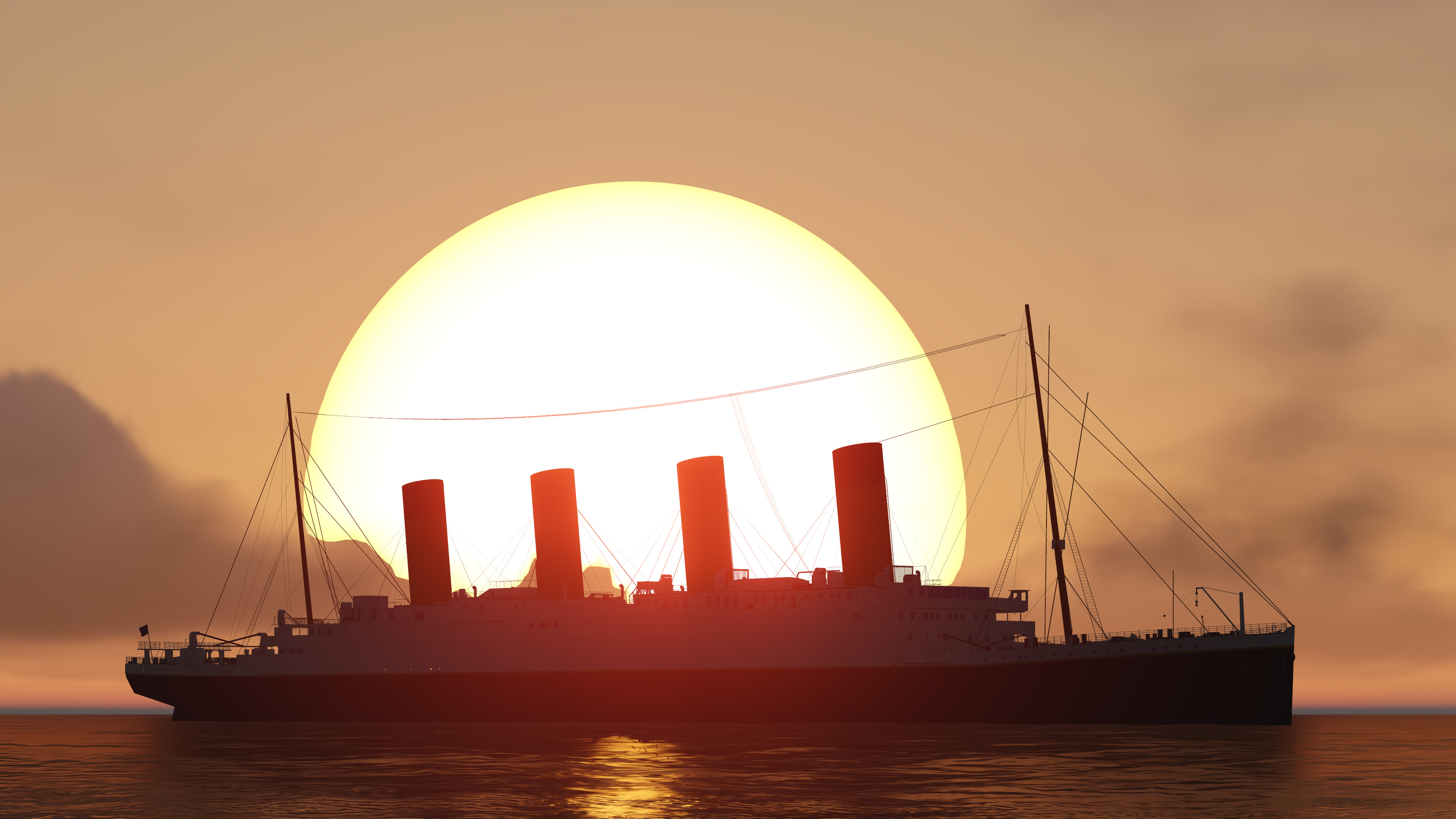In my reading and thinking over the years, I have learned anytime Malthusian ideas surface in a discussion those ideas will inevitably be wrong. More often than not, they are immoral as well.
After considering Matt Ridley’s discussion of The Long Shadow of Malthus, I now realize that Malthusian ideas are often evil as well.
This post is a review of Prof. Ridley’s published article. If you want a longer version that shows in more detail the suffering, misery, and needless deaths caused by followers of Malthus, check out chapter 11 of his book, The Evolution of Everything.
The core of this school of thought holds that the planet will not be able to sustain whatever growth in population is taking place at the moment. As a result, it is mandatory that us bright people (that’s you and me) limit the increasing population of those people. As the professor says:
It centres on the question of how to control human population growth and it answers that question by saying we must be cruel to be kind, that ends justify means. It is still around today; and it could not be more wrong.
Thomas Malthus wrote An Essay on the Principle of Population in 1798.
The consequences of his ideas were extended until they
…inadvertently gave birth to a series of heartless policies — the poor laws, the British government’s approach to famine in Ireland and India, social Darwinism, eugenics, the Holocaust, India’s forced sterilisations and China’s one-child policy.
Check out the article for the long shadow.
Here are a few shameful examples of the harm and suffering intentionally created by Malthusian disciples: Continue reading “The long, deadly, anti-human shadow of Malthusian thinking. A 200 year trail of evil.”
